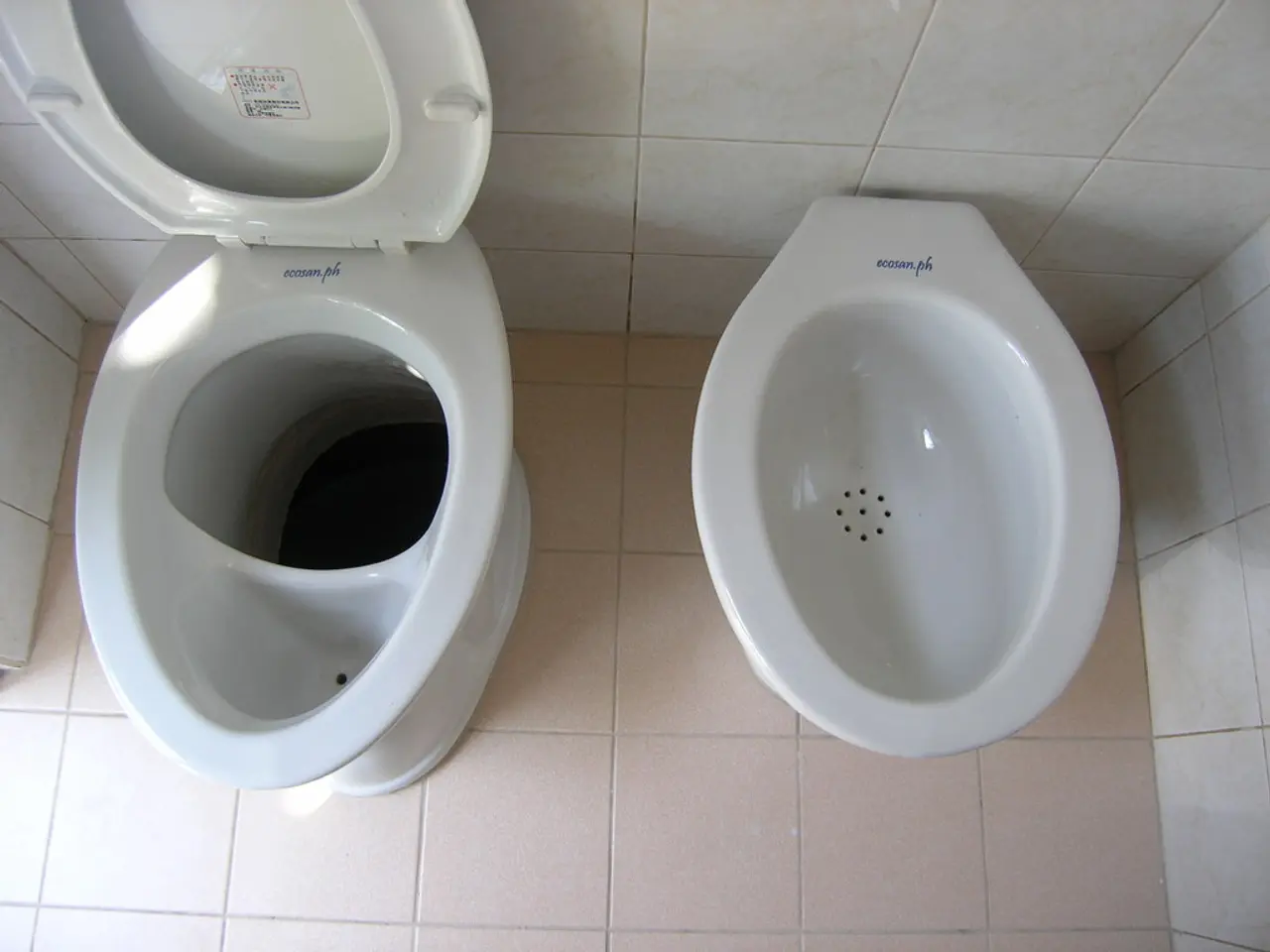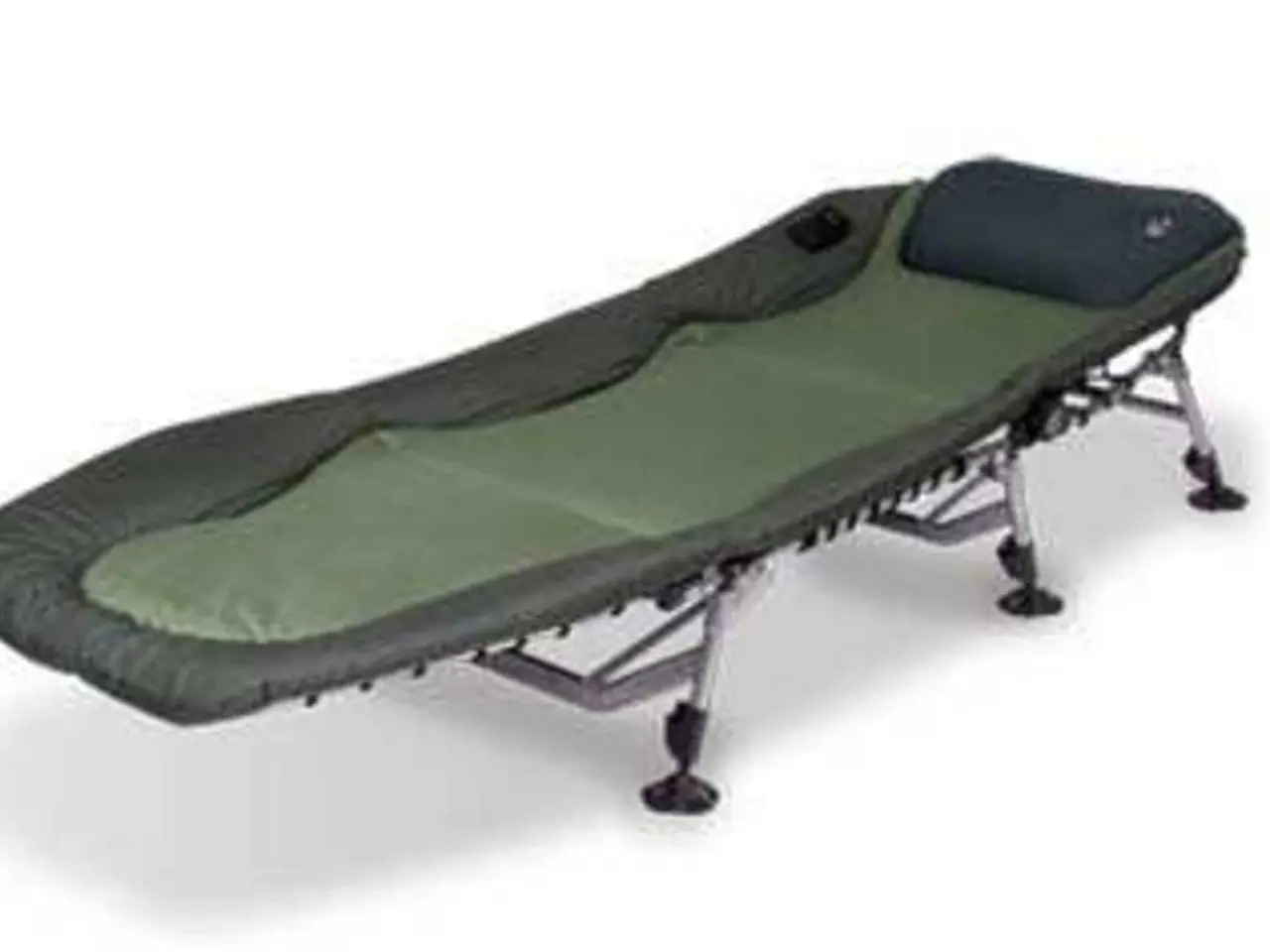Out-of-Pocket Limits in Medicare: Expenses, Exemptions, and Assistance for Enhanced Coverage
In the complex world of Medicare, understanding out-of-pocket limits can be crucial for those navigating their healthcare options. Here's a breakdown of the key points to help you make informed decisions.
Medicare, an insurance plan administered by the federal government, provides coverage for many healthcare expenses. However, there are out-of-pocket costs that individuals must cover, such as deductibles, coinsurance, copayments, and premiums.
For Parts A and B (Original Medicare), there is no out-of-pocket maximum. This means that a person's expenses could potentially be unlimited, depending on their healthcare needs. However, for Part D, there is an annual deductible that may vary by plan, and a person will pay no more than $2,000 in out-of-pocket costs for prescription drugs, after which they enter catastrophic coverage.
When it comes to Medicare Advantage Plans, or Part C, the maximum out-of-pocket expenses in 2025 is $9,350 for in-network services. For both in-network and out-of-network services combined, the limit can be as high as $14,000. It's important to note that these figures can vary slightly depending on the specific terms of the plan regarding in-network and out-of-network services.
To help manage these costs, there are various programmes available. Medicare Savings Programs (MSPs) can help pay out-of-pocket expenses, while Medicare Supplement Insurance (Medigap) plans help cover gaps in out-of-pocket expenses. Some Medicare plans also have an out-of-pocket maximum to help protect people from excessive financial burden.
In addition, people with limited income and resources may qualify for Extra Help for Medicare Part D. In 2025, people eligible for and enrolled in an Extra Help plan can expect to pay up to $4.90 for a generic drug and up to $12.15 for a brand name drug.
It's also essential to be aware that a person cannot have a Medicare Advantage plan and a Medigap plan at the same time.
For those seeking further assistance in navigating the complex world of medical insurance, the Medicare hub offers valuable resources. It's always a good idea to research and compare plans to find the one that best suits your needs and budget.
Lastly, it's important to note that the information provided is accurate as of 2025. For the most current information, it's advisable to visit the official Medicare website or consult with a healthcare professional.
Health organizations and the medical community should consider the benefits of implementing science-backed health-and-wellness programs to help Medicare beneficiaries manage their medical-conditions and reduce their out-of-pocket expenses. By aligning these programs with the out-of-pocket maximums of Medicare Advantage Plans, healthinsurance providers can help ensure individuals don't face excessive financial burden. Furthermore, people with complex medical-conditions might find help through Medicare Savings Programs (MSPs) and Extra Help for Medicare Part D, which are designed to offset the costs associated with healthcare expenses and prescription drugs.




